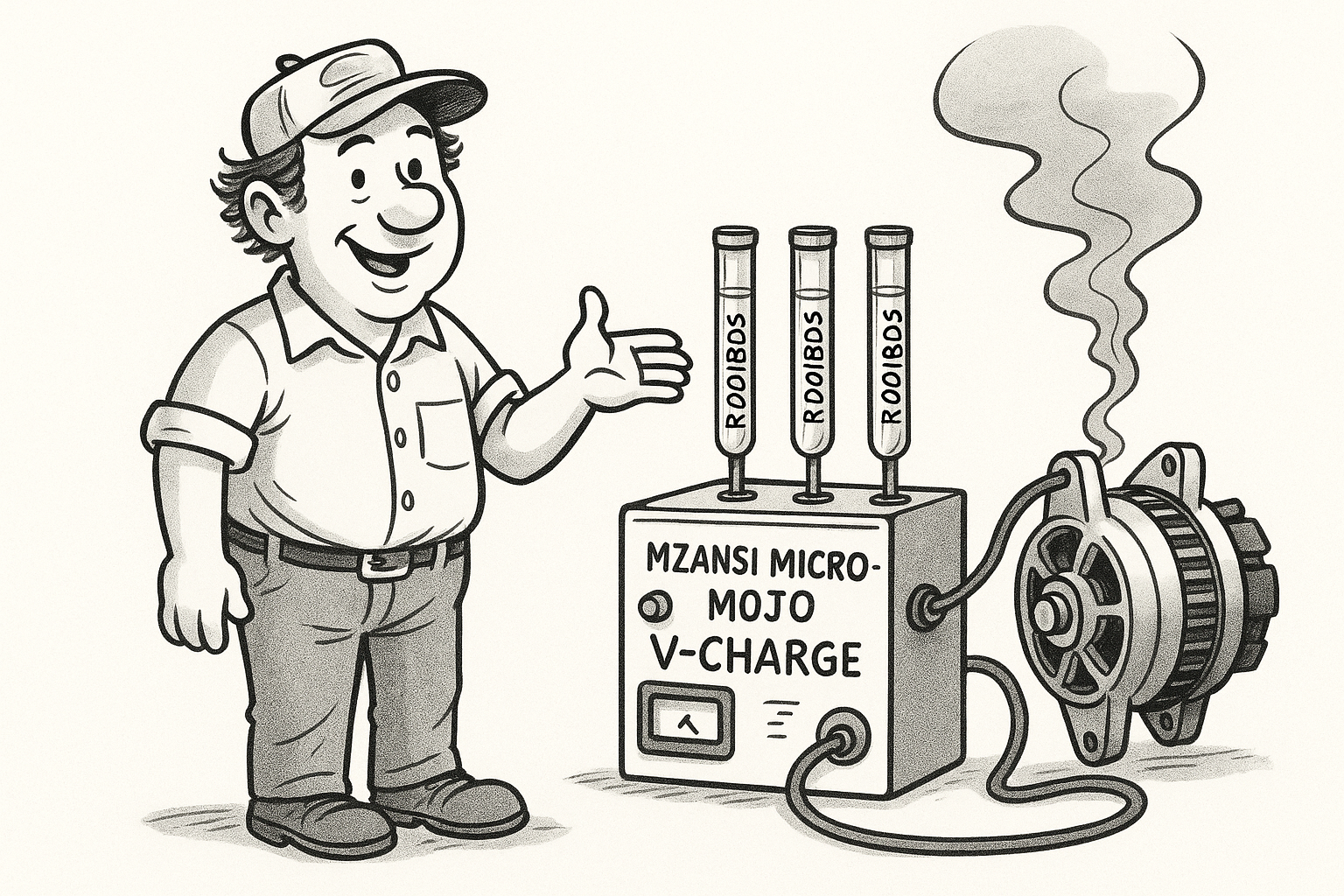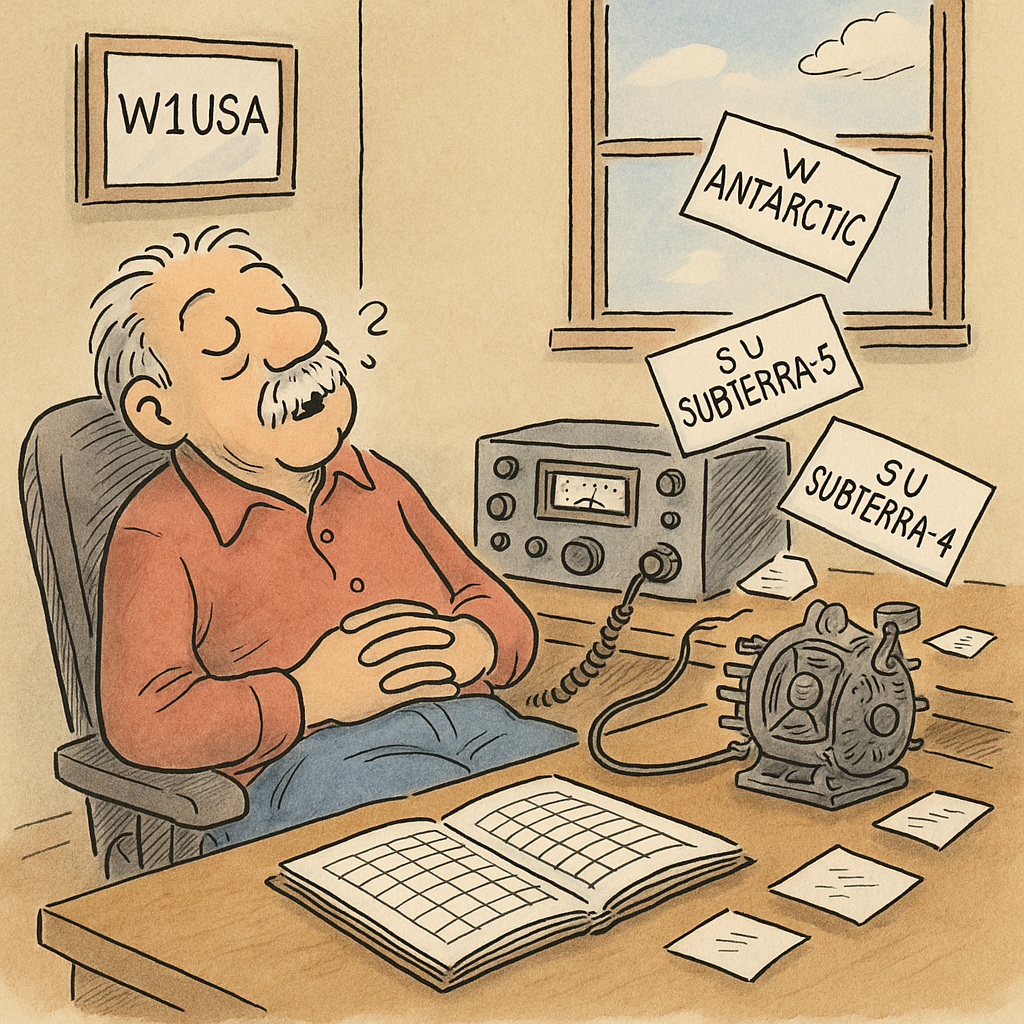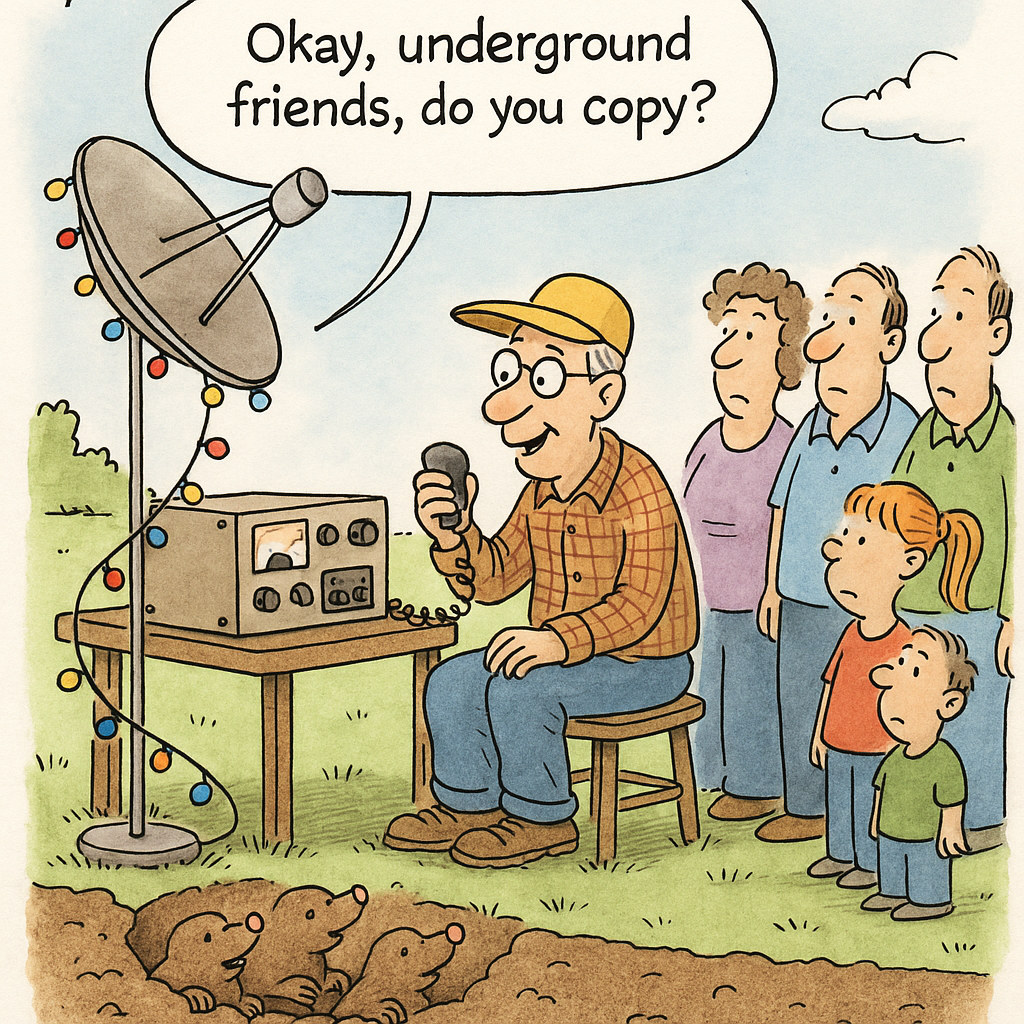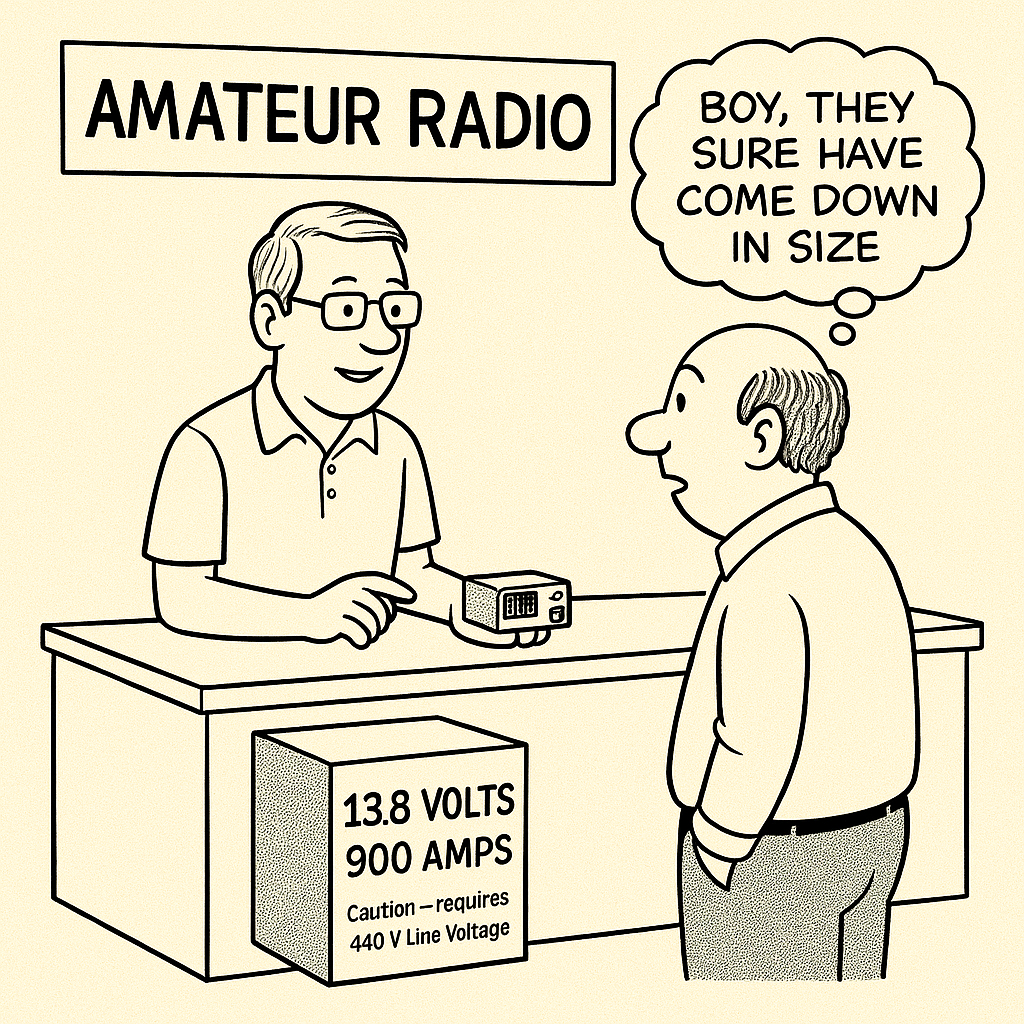The Legacy of 500 kHz: A Frequency That Once Saved Lives
Before satellite links and digital emergency beacons, before GPS and email, there was a frequency—simple, dependable, and vital. For most of the 20th century, 500 kilohertz (kHz) was the global maritime distress and calling frequency. It served as the steady heartbeat of ship-to-shore communication and the last hope of sailors in peril. Though silent today, 500 kHz still echoes in the memory of those who stood a watch at sea—or listened for the faintest signal through the static.
The Beginning of a Lifeline
The story of 500 kHz begins in the early 1900s, when wireless telegraphy was just gaining traction. In 1912, following the tragic sinking of the RMS Titanic, the International Radiotelegraph Convention formally established 500 kHz as the standard distress frequency for maritime communication. The rule was clear: if you were at sea and in trouble, you sent your message here. Morse code was the language, and ships from every flag understood it.
Operators aboard merchant vessels, passenger liners, and Navy ships used 500 kHz not only for emergencies, but also for routine calling before shifting to working frequencies. Shore stations monitored it continuously, day and night, using headphones, paper logs, and immense patience. Even into the 1970s and ’80s, the familiar “VVV DE” (calling) and “SOS” (distress) tones were common sounds across the static-choked band.
Peak Use and Protocol
By mid-century, 500 kHz was mandatory on most ocean-going vessels equipped with wireless. Twice each hour, ships were required to observe a silent period, muting their transmitters for three minutes (on the hour and half-hour) to ensure weak distress signals could be heard. The period was marked visually by a red line on radio room clocks. These traditions became part of maritime life.
The frequency also served as a connection point between ships—an early form of global maritime networking. Whether relaying weather updates or hailing passing vessels, 500 kHz was always the first tap on the door.
The End of an Era
As satellite systems like INMARSAT and later GMDSS (Global Maritime Distress and Safety System) came online in the 1980s and ’90s, reliance on Morse and 500 kHz began to fade. Governments began phasing out mandatory radiotelegraphy requirements.
On February 1, 1999, the International Convention for the Safety of Life at Sea (SOLAS) officially ceased requiring ships to monitor 500 kHz, marking the end of its role as the primary global distress frequency. By the early 2000s, nearly all commercial use of 500 kHz had gone silent, save for a few heritage and experimental transmissions.
A Personal Note from NN4Y
As someone who once stood behind a brass wheel and later a VHF set, I still feel a tug whenever I think about 500 kHz. I’m Terry Platt, NN4Y, a retired sea captain and lifelong radio operator. I can still hear the hum of the ship’s generators and the soft hiss of the receiver, just before a faint CQ crackled through.
That’s why I was thrilled—genuinely thrilled—to find that the domain 500kHz.com was available. I grabbed it without a second thought. This site isn’t just about humor or memories—it’s a tribute. A nod to the men and women who once tuned their ears to that narrow band of radio silence, waiting for voices that might never come.
We might never again transmit SOS DE WLC into a grey sea under Morse code. But 500 kHz is not forgotten. It lives on in the stories, the legends, and the salty corners of memory where old ships and old signals still sail.







